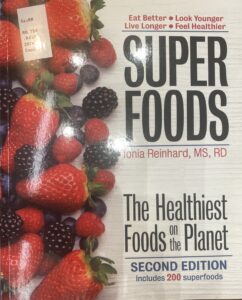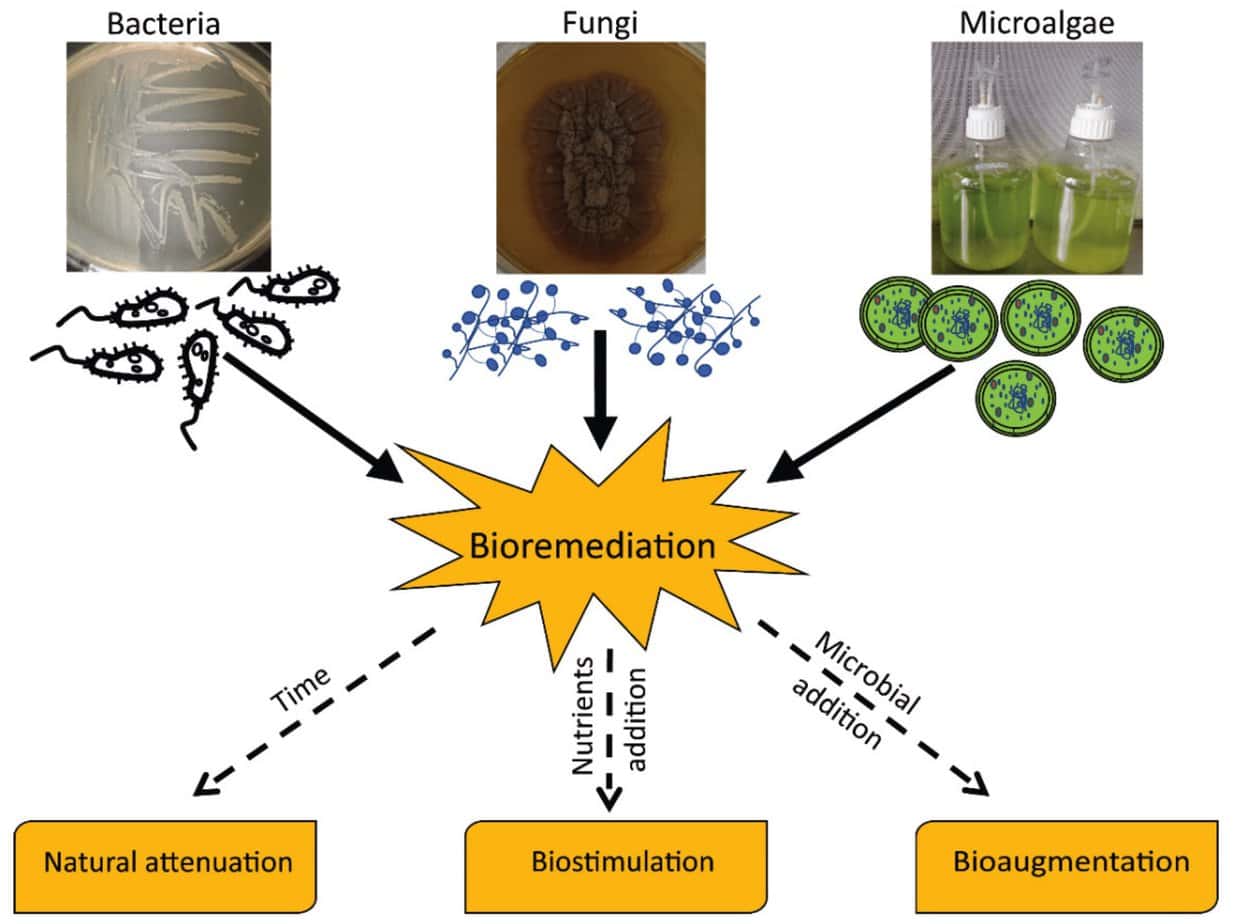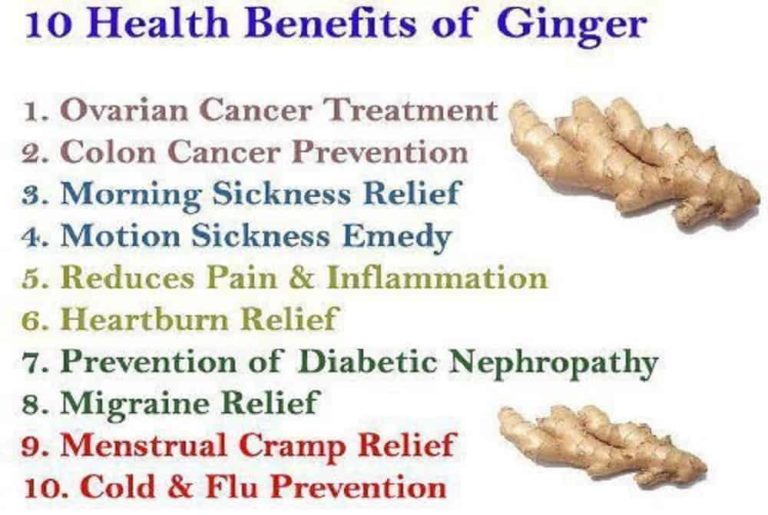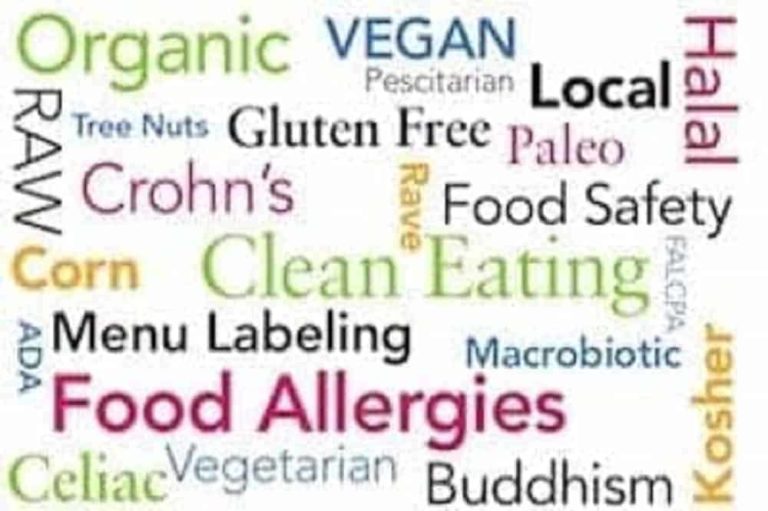Your cart is currently empty!
Current And Emerging Trends In The Formulation Of Nutraceuticals Products
In the last few decades, emphases on the role of foods have shifted from substances consumed merely to quell hunger or to provide needed nutrients. Moving away from normal cellular function and to substances that can promote health and wellness. Particularly to reduce the risk of disease. These foods are frequently referred to as nutraceuticals with various reported bioactive functions. Some brief examples of additives added to the formulation of nutraceuticals include immunomodulators, antihypertensives, osteoprotectives, hypocholesterolemics, antioxidatives, and antimicrobials.
Current And Emerging Trends In The Formulation Of Nutraceutical Products
Nutraceuticals are a fast-growing, multi-billion-dollar global industry that has been expanding annually. Strong market growths of these foods confirm their perceived nutritional benefits. In some cases, they provide a surrogate substantiation of their health claims. It also provides evidence of increasing product innovations, consumer acceptance of healthy lifestyles through nutrition, and a growing shift from pharmaceutically derived supplements.
Consumers will always show interest in preventing and/or slowing the progression of illness and disability before they become irreversible. In response to this demand, food companies are developing technologies for processing health and wellness products that will improve the efficacy of these products. Also, maximizing the potential benefits to consumers. Finally, it is more cost-effective for the industry’s survival in a competitive marketplace.
Overview, Classification, And Benefits Of Nutraceuticals
Nutraceuticals have no universal definition as they vary across countries and markets. All foods are generally functional because they provide nutrients and energy to sustain growth and support vital cellular processes. Functional foods, however, are generally considered to go beyond providing basic nutrients to offer additional benefits, such as reducing the risk of disease and/or promoting optimal health to the consumer. A study presented at the annual meeting of the American Institute for Cancer Research in Bethesda, Maryland, on November 7, 2013, showed a correlation between poor diets (high in sugar and saturated fats) and the risk of early death.
The cause of this inflammation relates to our health conditions, including gastrointestinal tract cancers and those of the esophagus, stomach, colon, and rectum. The study sample included 10,500 people who were followed from 1987 through 2003. Of the 259 participants who had died at the end of the study period, 30 had died from gastrointestinal tract cancers. The study showed that the participants who lived on poor diets were four times as likely to die from gastrointestinal tract cancers due to poor diets that cause inflammation than those who consumed plant-based diets purported to be anti-inflammatory to gastrointestinal tracts.
Research On Nutraceuticals In Canada
According to Health Canada the governmental authority that oversees the approval of Canadian food health claims, defines a nutraceutical as a “product isolated or purified from foods that is generally sold in medicinal forms not usually associated with foods. A nutraceutical is demonstrated to have a physiological benefit or provide protection against chronic disease.” The definition of nutraceuticals from the description of dietary supplements includes ingredients extracted from foods, herbs, and plants that are taken, without further modification outside of foods, for their presumed health-enhancing benefits intended to supplement the diet.
These items contain one or more dietary ingredients: a vitamin, mineral, amino acid, herb, or other botanical in a capsule, powder, soft gel, or gelcap. They are not represented as conventional food or a sole item of a meal or diet. Nutraceuticals can also be dietary supplements that deliver a concentrated form of a biologically active food component in a non-food matrix to enhance health.
The American Dietetic Association expands the definition by categorizing nutraceuticals into four groups. These are conventional, modified, and medical. A growing body of literature on the role of diet on health shows risk factors. They culminate from an unhealthy diet, obesity, high blood pressure, diabetes, and raised lipids, which can lead to a high incidence of Cardiovascular disease. Similarly, oxidative stress and inflammation have been linked to the initiation and propagation of many diseases.
Pharmacological VS. Nutraceutical
Despite the popularity of pharmacological interventions for disease and ill health, some drugs have serious side effects, and treatments could be unsuccessful. As a result, many consumers have turned to the formulation of nutraceuticals with bioactive components such as lycopene, conjugated linoleic acid, omega-3 fatty acids, and fiber. All are reported to be in treating and preventing chronic and metabolic diseases such as obesity, diabetes, cancer, arthritis, and Cardiovascular disease. Indeed, the use of nutraceuticals may, in some instances, offer safe and effective alternatives to prevent or treat these conditions.
FDA And Their Command Over The Formulation Of Nutraceuticals
There are no specific regulations regarding the formulation of nutraceuticals in most countries. The standards have been set. The big three users of nutraceuticals and their monitoring are the United States (The Food and Drug Administration), the European Union (European Food Safety Authority), and Canada (Health Canada). Each monitoring health claims that can be made. The processes leading to accepting the evidence of health claims can be complex and rigorous due to the stringent rules and regulations set out by these bodies to protect consumers from false claims and especially to ascertain the safe use of these products. Marketers may use permitted labeling to highlight the beneficial health properties of their product. They rely on consumer awareness and understanding of each claim.
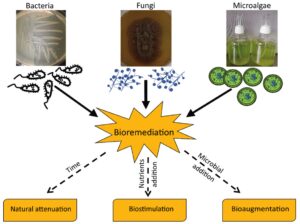
What Is Naturally Found In Nutraceutical Products?
Bioactive components in the product formation of nutraceuticals: plants, animals, bacteria, fungi, and microalgae. As well as their primary and secondary metabolites. When health benefits are proven, these natural food sources could serve as natural substitutes for synthetic pharmaceutical products. Some pharmaceutical drugs are used for intervention purposes and to prevent potential adverse effects.
Primary metabolites, which include amino acids, nucleic acids, and FAs, require normal healthy growth and development. Secondary metabolites, such as carotenoids, terpenoids, and alkaloids, are synthesized in specialized cell types under specific conditions. Apart from their role when ingested live in dairy and non-dairy products to improve the quality of intestinal microflora and GI health (probiotic effect), some generally recognized as safe (GRAS) microorganisms may be indirect sources of high-yielding nutraceutical and functional ingredients (e.g., CLA, bioactive peptides, and vitamins liberated during fermentation). Probiotic microorganisms may further provide useful, beneficial effects such as the prevention of food intolerance and/or sensitivity, and they may further decrease food allergies by degrading and decreasing allergenic epitopes required to elicit an inflammatory response.
Benefits In The Production Of Nutraceuticals
In addition to the potential health benefits of nutraceuticals, their production may also support economic development and offer a way for some producers to diversify their agricultural and marine-based product offerings. The global nutraceuticals market has reached $207 billion in 2016. The COVID-19 pandemic increased the use of nutraceuticals by the public. An overall compound annual growth rate of 6.5% from before COVID-19. Last year, in 2022, the market value of nutraceuticals reached $366 Billion.
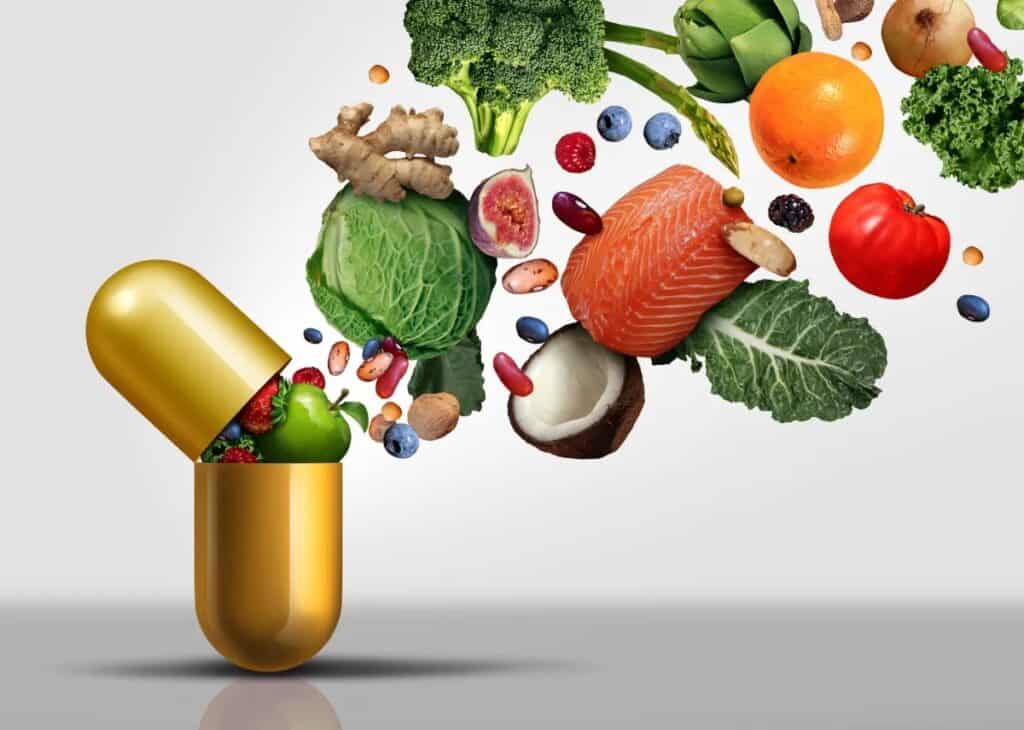
Characteristics And Properties Of Selected Bioactive Ingredients
Bioactive proteins and peptides, PUFAs, fibers, phenolics, probiotics, and prebiotics are some of the main active ingredients that the formulation of nutraceuticals contains. These compounds purportedly confer diverse health benefits. It is believed to interfere with the pathogenesis of several diseases, including GI inflammation, carcinogenesis, hypertension, cardiovascular disease, developmental disorders, brain and cognitive disabilities, and aging. Most studies on these active ingredients are complex, confusing, controversial, and offer no clear consensus. More research will show the helpfulness or harmfulness of these ingredients.
The potential benefits might be contraindicated for some groups of individuals based on age, sex, health status, and even risk factors. In addition to the main ingredient in a particular nutraceutical, synergistic interactions with other bioactive compounds may contribute to their health effects.
A Single Study On Raw Foods Over Nutraceuticals
Recently, a report from two prospective cohort studies involving nearly 120,000 people over 30 years (76,464 women in the Nurses’ Health Study [1980-2010] and 42,498 men in the Health Professionals Follow-up Study [1986-2011) confirmed the beneficial effects of consuming nuts over taking nutraceuticals. The report showed inverse associations between nut consumption and the risk of major chronic diseases, including CVD, type-2 diabetes, weight gain, and total and cause-specific mortality.
The results were similar for all nuts, that is, nuts that grow underneath the earth, such as peanuts, and nuts that grow on trees, such as walnuts, hazelnuts, almonds, Brazil nuts, cashews, macadamias, pecans, pistachios, and pine nuts. In addition to high amounts of fats, mostly unsaturated FAs, nuts are also good sources of fiber (4-11 g/100 g), protein (79-38.1 g/100 g), PUFAs (1.5-472 g/100 g), phenolic compounds, and phytosterols (72-220 kg/100 g). They contain traces of vitamins, minerals, as well as other bioactive substances
FDA-qualified health claim, such as follows: “eating 43 grams (1.5 oz) per day of most nuts [such as name of specific nut] as part of a diet low in saturated fat and cholesterol may reduce the risk of heart disease.
Bioavailability and Nutraceutical Development
Bioavailability, which refers to the body’s ability to fully or partially absorb ingested bioactive products, is crucial to the ability to exert beneficial effects. The bioavailability and efficacy of active ingredients in forming nutraceuticals are important considerations in their formulation. For instance, the bioavailability of active ingredients alters depending on the specific compound or isomer formed during formulation. Additionally, the fate, characteristics, and behavior of bioactive components subjected to varying conditions of processing and storage (e.g., high or low temperature) and their inherent properties (e.g., high heat stability or liability, pH tolerance, shear stress tolerance) and the possible alterations that could occur following ingestion, digestion, and absorption may variously affect their potential health benefits.
Knowledge of these properties and susceptibilities mitigates adverse effects during processing and storage. Other factors that need consideration include appropriate dosage (i.e., acute or large single exposures vs. continuous small exposures), mode of delivery (e.g., oral or topical), possible interactions, toxicology, fate of carrier materials, and short- and long-term side effects based on age, sex, and health status.
Current Formations
Today, nutraceuticals may also contain inert components as part of the formulation. While the active ingredients are the components that confer the actual benefit, the inert components are primarily the carriers that help deliver the active ingredients to the target organ. These inert ingredients may enhance the utility of the product or provide benefits such as disguising a bad taste or flavor (e.g., tablets coated with sugar or wax) or making the tablet resistant to gastric acid such that it only disintegrates at the appropriate site as a result of enzyme action or alkaline pH. Other inert materials used in food formulation include surfactants (chemical compounds that decrease the surface tension or interfacial tension between two liquids, a liquid and a gas, or a liquid and a solid), stabilizers, gums, emulsifiers, and colorants.
Bioactive Proteins And Peptides
In addition to the dispensable and indispensable amino acids that proteins provide for structural and biological functions to sustain life, their potential health benefits beyond basic nutrition have been reported. Plants (e.g., soybean, wheat, and other cereal grains and legumes) and animals (e.g., milk, eggs, other dairy products, meat, and fish) are important food sources of protein with encrypted biological activities.
Many food proteins have been used as precursors of bioactive peptides, which may be released upon hydrolysis during GI digestion by digestive or microbial enzymes or by fermentation or ripening during food processing with isolated or microbial enzymes. These bioactive peptides may exert a wide variety of beneficial biological functions in the body, including, for example, regulating serum cholesterol and hypocholesterolemic effect through the binding of bile acids (which are synthesized from cholesterol in the liver).
Eliminating bile acids may increase cholesterol metabolism and help reduce cholesterol levels in the blood. Bioactive hydrolysates and peptides may also produce inhibitory effects against angiotensin-I-converting enzyme (ACE) (by inhibiting the conversion of angiotensin I [decapeptide] to the more potent vasoconstrictor angiotensin II [octapeptide] by ACE) with possible blood-pressure-lowering effects.
Bioactive hydrolysates and peptides may possess antimicrobial activity and antioxidant properties that enhance the body’s defense mechanisms. Other bioactive proteins and peptides may produce immunomodulating, opioid, and anti-thrombotic activities, as well as provide a positive influence on calcium absorption and dental health by inhibiting plaque-forming bacteria and tooth enamel demineralization.
Amino Acids In Nutraceuticals
Peptide bioactivity can be affected by the source of protein, chemical composition, degree of hydrolysis, and the type of proteolytic enzyme used. Hydrolyzed proteins show higher digestibility and absorption than intact proteins and thus create new sources of functional foods. As sources of free amino acids, these bioactive hydrolysates have a use in increasing the bioavailability of the building blocks of proteins potently. Using them to synthesize the contraction of proteins in managing CVD and diabetes. In sports, nutrition, where performance and faster recovery following strenuous exercise, are very important. Hydrolyzed or predigested protein fractions are highly sought after.
Amino acids acting alone or in conjunction with other amino acids are more effective in synthesizing proteins that build muscle mass. They promote better glucose uptake and the synthesis of muscle glycogen. Promoting muscle restoration and recovery before, during, and after exercise. Branched-chain amino acids (BCAA) (i.e., leucine, valine, and isoleucine) are particularly useful in protein synthesis, especially after exercise. Recently, it was reported that BCAA may provide an immediate energy source needed for protein synthesis due to their preferential oxidization over glucose and FAs.
Glutamine
Glutamine, however, is not as effective in increasing protein synthesis and muscle mass as originally reported. On the other hand, it stimulates the release of glucagon-like peptide 1 (GLP-1). This requires augmenting insulin secretion in obese and type-2 diabetic individuals. Thereby improving glucose tolerance and clearance. Amino acid L-Arginine is a precursor of the endogenous vasodilator, nitric oxide, and may also promote healthy blood pressure levels and vascular function. Decreasing the risk of various diseases associated with vascular dysfunction.
Proteins are important sources of enzymes. This may be important in managing pathogens such as human immunodeficiency viruses. Breaking up large proteins into smaller peptides, which become precursors for assembling new viral particles.
The virus can still replicate in the presence of protease inhibitors. The resulting virions are less able to infect new cells. Examples of proteases found in fruits include bromelain in pineapple (thiol proteinase), papain in papaya (cysteine protease), and actinides in kiwi (sulfhydryl proteases). These enzymes improve overall health by acting as digestive aids that may also reduce intestinal inflammation.
Using Cheaper Proteins In The Formulation Of Nutraceuticals
The high cost of traditional protein sources leads to more innovation in identifying new protein ingredients. Plant-sourced proteins from legumes, for example, are attractive alternatives to animal-derived proteins. This is due to their relatively lower cost, inherent and unique nutritional profile, anti-allergenic properties, and greater consumer acceptance. Soybean is an example of a protein source with official FDA acknowledgment of beneficial health effects. Foods that contain soy protein can carry the approved health claim stating that “25 grams of soy protein a day, as part of a diet low in saturated fat and cholesterol, may reduce the risk of heart disease.”
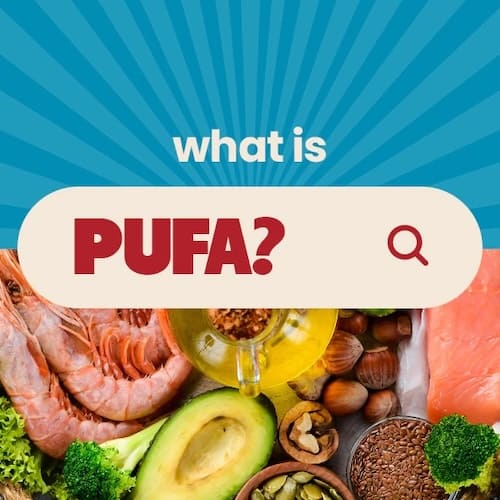
PUFA’s
Scientists debate the role of specific FAs in human health. The basic functions of fats in structure, membrane, metabolism, and gene expression are widely known. The American Heart Association recommends 25-35% of daily total calories obtaining fats from oils and fats in foods. PUFAs are FAs with more than a single carbon or double bond. These are an interesting group of FAs, well-studied and extensively investigated for their health benefits. Their reported beneficial effects include anti-inflammatory, immunomodulatory, cardioprotective, and antiatherosclerotic effects. The low incidence of CVD among Greenland Eskimos has long been known and attributed to a high-fish diet.
Well-known examples of PUFAs are the long-chain ∞-3 FAs. Their consideration in the formulation of nutraceuticals is essential because they cannot effectively synthesize in the body. This is due to the low activity of the rate-limiting enzyme A6 desaturase. Mammals also have limited ability and efficiency to convert the shorter-chained w-3 FAs, such as a-linolenic acid to the more important long-chain w-3 PUFAs, cicosapentaenoic acid, and docosahexaenoic acid. This is also further impaired with aging. While long-chain @-3 PUFAs may help reduce inflammation, @-6 FAs such as GLA and ARA tend to promote inflammation. A lower ratio of ∞-3/c-6 FAs is more desirable since it reduces the pathogenesis in many diseases. The reverse exerts suppressive effects. Formulated foods containing a mixture of 0-3 and w-6 FAs prefer a dominance of either.
Fish Being A Natural Source Of PUFAs
Different types of fish, including anchovies, salmon, mackerel, herring, sardines, tuna, trout, and marine mammals, are uniquely rich sources of PUFAs. The long-chain @-3 PUFA and fish products’ total fat content vary greatly depending on fish species. Feeding conditions (wild or farmed), and processing and preparation methods (e.g., fillet, breaded, pre-fried fishes, etc.). It is advisable to consume various fish species and fish products. Regular ingestion of fried fish has an association of a 32% increased risk for prostate cancer. Environmental chemicals such as polychlorinated biphenyls (PCBs), heavy metals, and toxic chemicals find their way into fish or fish oil. Specifically, these contaminated fish contribute to prostate cancer.
Other Natural Sources of PUFAs
Other natural sources of PUFAs include human milk and cultivated marine algae. Omega-6 FAs come from plant-based oils, including evening primrose oil, blackcurrant seed oil, and borage seed oil. Other known sources of PUFAs are avocados, peanut butter, and many nuts and seeds, including flaxseeds, chia seeds, walnuts, and pumpkin seeds. It also includes the oils of canola, corn, Olive, flaxseed, sesame, soybean, and sunflower.
Several physiological processes affected by PUFAs may account for their perceived benefits. For instance, some beneficial effects on cellular physiology have attributions to the presence of long-chain PUFAs. Increasing cardiac and brain membrane phospholipids (especially DHA). PUFAs also serve as precursors for prostaglandins, leukotrienes, and eicosanoids such as resolvins and protectins. Customers know them for their anti-inflammatory and neuroprotective activities.
Other beneficial effects of long-chain PUFAs:
- Lowering plasma triglyceride concentration.
- Improving plasma lipoprotein profile.
- Supporting fetal brain and eye development.
- Cognitive health and maintenance.
- Better performance or preservation of cognitive function in aging persons.
- Improved cardiovascular health.
- Reduced risk of metabolic-syndrome-related conditions such as obesity.
Dietary supplementation with long-chain PUFAs during pregnancy and early life stages plays a critical role in reducing allergic sensitization. The role of PUFAs in promoting the synthesis of inflammatory cytokines and autoimmune diseases. Including the description of rheumatoid arthritis and certain cancers.
Medical Benefits of PUFA
The dietary intake of fish is the most desirable way to increase marine PUFA intake. This owes to more long-chain PUFAs in circulation and tissue stores after fish intake than fish oil supplements. This suggests a larger uptake from fish than from fish oil supplements due to differences in the physiochemical structure of the lipids and better digestion and absorption of the former. Based on these perceived benefits, various professional groups and health organizations worldwide have made dietary recommendations. They recommend EPA, DHA, and fish intake to primarily lower triglycerides. Therefore reducing the risk of and treating existing CVD. Recommendations also have been made for DHA intake for pregnant women and infants.
EPA and DHA
EPA and DHA have approval for three heart health claims by the EU/ESFA. The permitted health claims state that “DHA contributes to maintaining normal blood triglyceride levels.” “DHA and EPA contribute to the maintenance of normal blood pressure.” Finally, “DHA and EPA contribute to maintaining normal blood triglyceride levels.”
The main difference between the second and the third claims. A daily intake of 3g of DHA-EPA in the former and 2 g in the latter, respectively. The claim may have found a use only for food with a daily intake of 2g of DHA combined with EPA. Also, inform consumers not to exceed a supplemental daily intake of 5g of EPA and DHA combined daily. All three claims in the formulation of nutraceuticals must contain these conditions.
Studies And Research
In a study involving 6,272 Swedish men whom the researchers followed for 30 years. Researchers found an association between fish consumption and decreased risk of prostate cancer. Men who ate no fish had a twofold to threefold increase in the risk of developing prostate cancer. This treatment compares to those who consume moderate to large fish. Similar studies with American men also suggested the association of FAs from fish intake with a lower risk of prostate cancer.
Another study by the Harvard School of Public Health for over 12 years involved 47,882 men. They ate fish more than three times a week, reducing prostate cancer risk. The study also showed the greater impact of consuming these fats on the risk of metastatic prostate cancer. For instance, for each additional 500 mg of marine fat consumed, the risk of metastatic disease decreased by 24%.
A recent report on a follow-up study supported the previous findings. Daily fish oil supplementation with a low-fat diet slows the growth of cancer cells in men with prostate cancer. Another study involved 1,575 older people (average age 67 years) who were free of dementia. They found an association between lower red blood cells, DHA levels, and smaller brain volumes, including a vascular pattern in cognitive impairment. However, recent studies involving women 65 and older found no difference in memory and thinking test scores. These results were based on levels of FA’s in their blood.
Formulations For The Health Benefits Of CLA’s
CLAs have also been a focus of several studies due to their potential health benefits. CLA is a collective term for a group of geometric octadecadienoic acids. Dietary sources of CLA are predominant in ruminant-derived foods such as meat and milk and their products. This is due to the action of rumen microorganisms in PUFA bio-hydrogenation and/or isomerization. Cheese, beef, yogurt, and milk contain ~3.6, 4.3, 4.4, and 5.5 mg of CLA per gram of fat. The concentration of CLA also varies substantially among raw meat of commonly consumed animals. CLA contents in these sources will not negatively alter the cooking and storing.
In CLA-rich sources such as beef and dairy products, the most abundant (>90%) isomer is C9. Other positional and geometric isomers have been identified, such as c9, t10, c12, t9, and t11. Physiological properties of CLA include anticarcinogenic, antiatherosclerotic, and antiatherogenic effects, as well as beneficial influences on body composition. The mechanisms by which mixtures of CLA isomers may inhibit tumor growth include inhibiting and promoting malignant tumors.
Hydrogenation
Partial hydrogenation has a use industrially. The process produces trans fats (TFAs), an analog of CLA, primarily to increase the shelf life of foods. Created as an alternative to animal fats (lard, tallow, and butter) from vegetable oil. The c9, t11-CLA is essentially a TFA derived from ruminants. Several studies have linked vegetable-oil-derived TFA to CHD. Various cancers recently prompted the FDA to issue a preliminary determination that trans fats are not GRAS. This could eventually lead to the classification of trans fats as a food additive and receive premarket regulatory approval. Health Canada has created the Trans Fat Task Force, recommending limiting trans fats to 2% of total fat content. In vegetable oils and margarine, all other foods have a limit of 5%.
Phytoestrogens And Phytochemicals
Phytochemicals are a group of plant secondary metabolites with a value in their health benefits. Reactive Oxygen Species (ROS) are continuously producing in cells and can damage cell membranes and tamper with DNA. These reactive species that cause oxidative stress and inflammation are involved in several diseases.
Inflammation normally occurs in response to tissue damage caused by physical or ischemic injuries, infections, and toxins. The body’s response may cause cellular changes and immune responses at the injury site. In certain cancers, inflammation may promote the spreading and mutation of cancer cells. Chronic inflammation can increase disease risk by creating a conducive environment for its development. The biological effects of phytochemicals may thus extend well beyond their antioxidant properties. Ingredients linked to reducing inflammation and will add to the formulation of nutraceuticals.
Phytoestrogen
Phytoestrogens play an important role in obesity and diabetes. Improving glucose control and insulin resistance via pancreatic insulin secretion mechanisms. Currently, phytoestrogen marketing has a focus on the formulation of nutraceuticals. It is particularly important in women’s health for reducing the risk of osteoporosis, heart disease, breast cancer, and menopausal symptoms. A great deal of research establishes that estrogens promote breast tumorigenesis. Under certain conditions, isoflavones bind to both estrogen receptors ER-alpha and ER-beta. Preferentially, they bind to and activate ER-beta and exert estrogen-like effects by stimulating the growth of estrogen-sensitive tumors. It is, therefore, a strong recommendation that women with serious risk factors for breast cancer or a family history of breast cancer be cautious about incorporating soy in their diets.
Phytoestrogens have also been identified as endocrine disruptors with adverse effects on numerous molecular and cellular targets. They can impact reproductive development and endocrine systems. Consequently, there has been some concern about soy isoflavone phytoestrogens genistein and daidzein safety. There is a threat that these compounds may endanger infant development. Advisories on the use of soy in formulas have so far been confusing. During processing, removing the outer fiber layer of some grains, legumes, and vegetables tends to reduce lignin content.
Phytochemicals
Carotenoids are natural pigments that plants synthesize and are responsible for the bright colors of various fruits and vegetables. There are two main classes that make up Carotenoids. First is Xanthophylls, which contain oxygen. Second is Carotenes, which are purely hydrocarbons and contain no oxygen. Examples of carotenes are carotenes and lycopene, whereas xanthophylls include lutein and zeaxanthin. In addition to the red anthocyanin and yellow xanthophyll pigments, carotenes are responsible for the bright red to pink lycopene and orange color in fruits and vegetables.
In a BCC report, the market value of carotenoids will reach $1.4 billion in 2018 with a CAGR of 2.3%. Carotene is forecast to reach almost $334 million by 2018 at a CAGR of 3.1% a year. The prediction is that lutein will reach $309 million at a CAGR of 3.6% by 2018. Carotenoids have value for their antioxidant properties and ability to reduce certain risks.
A special thank you to Tonia Reinhard and her book on superfoods.
